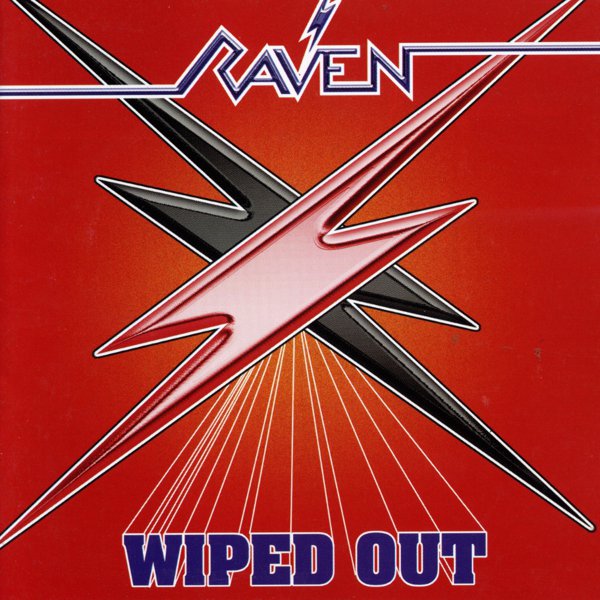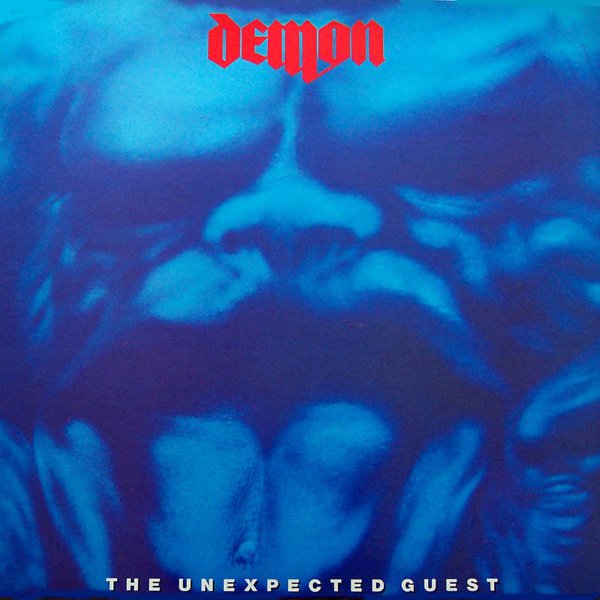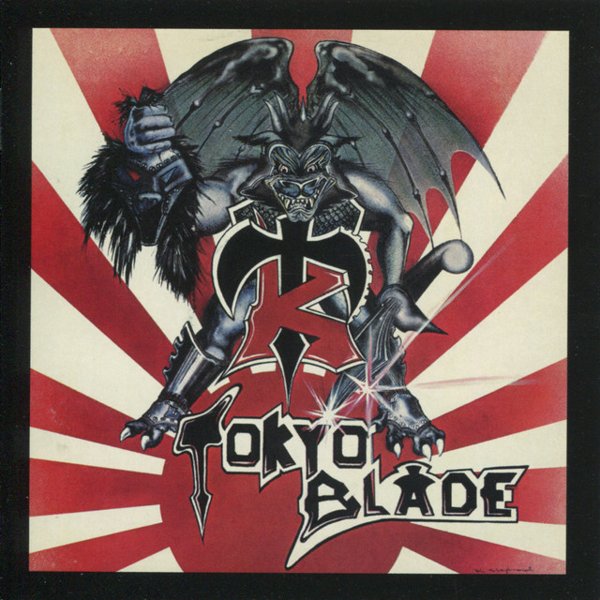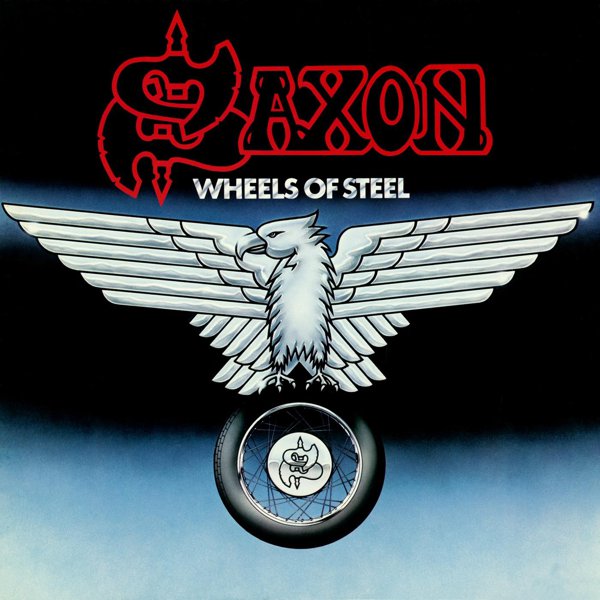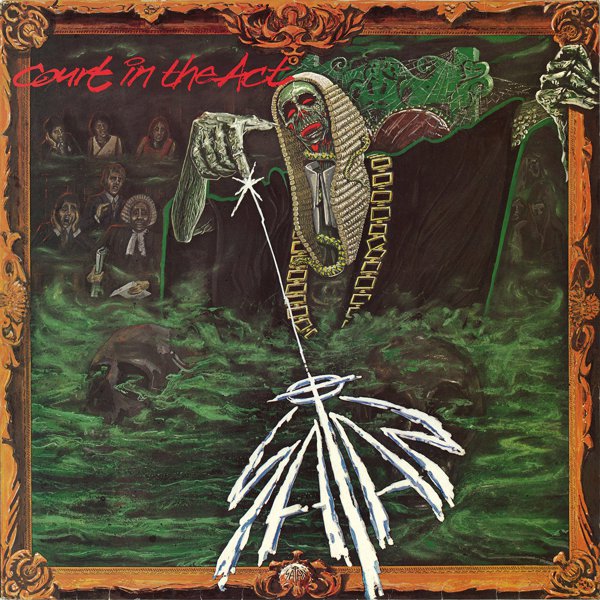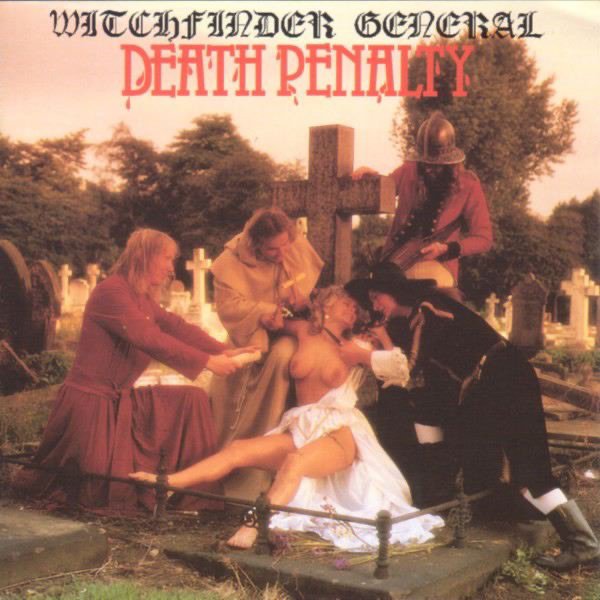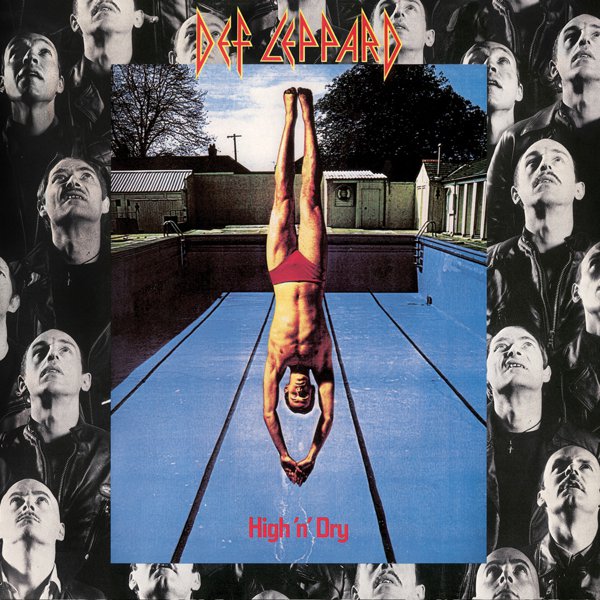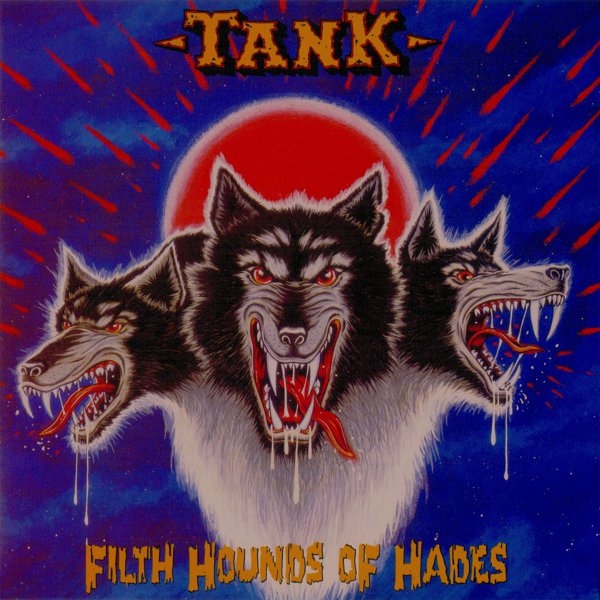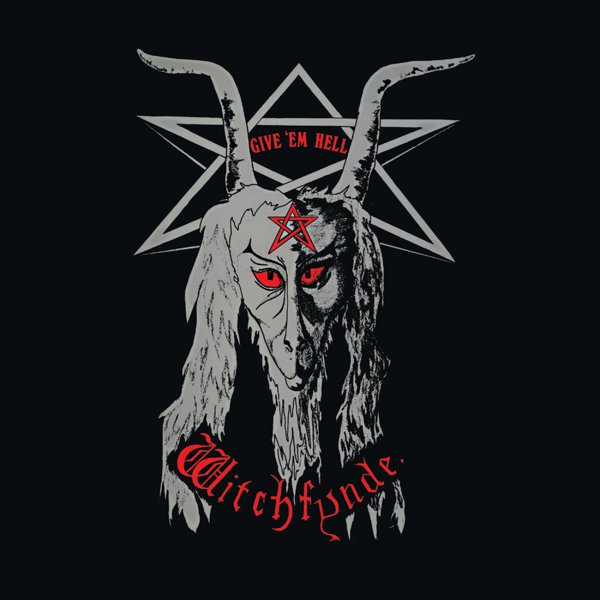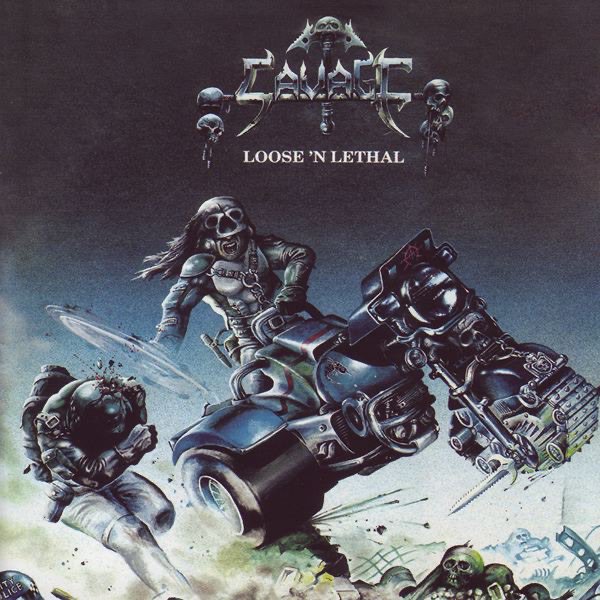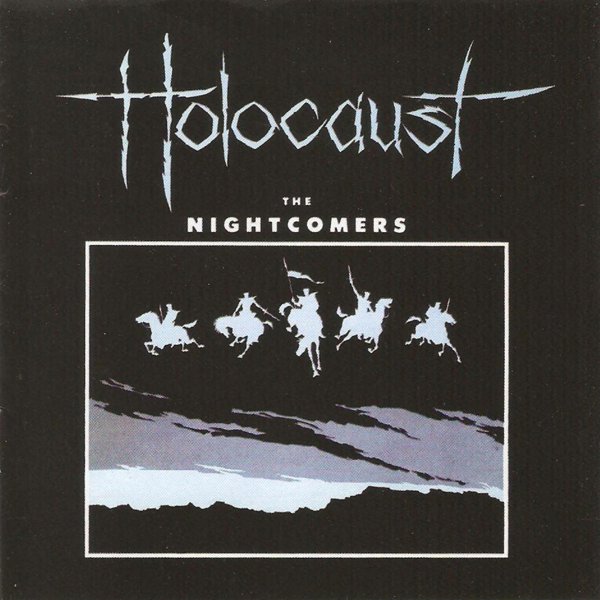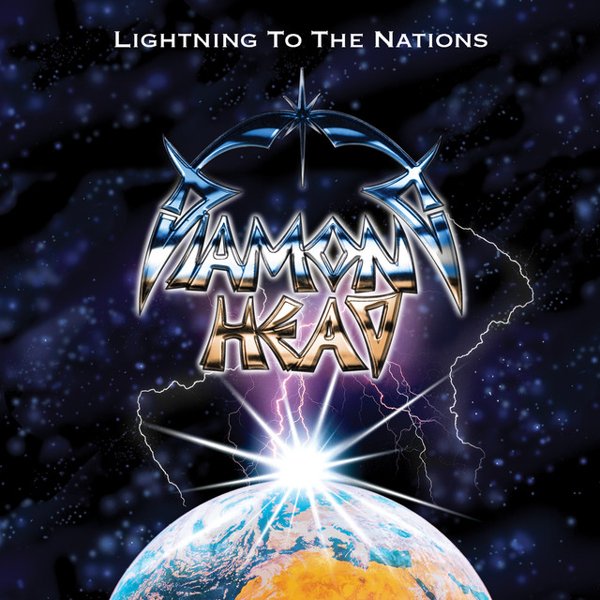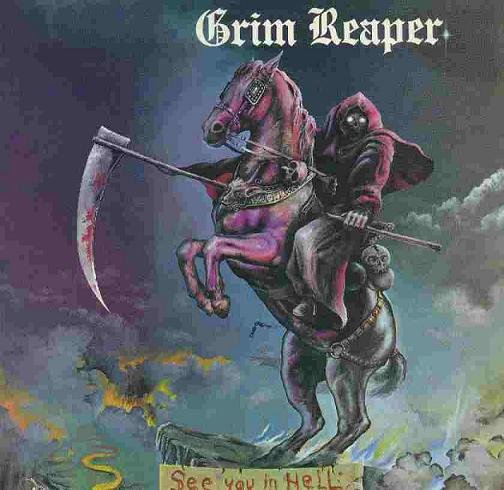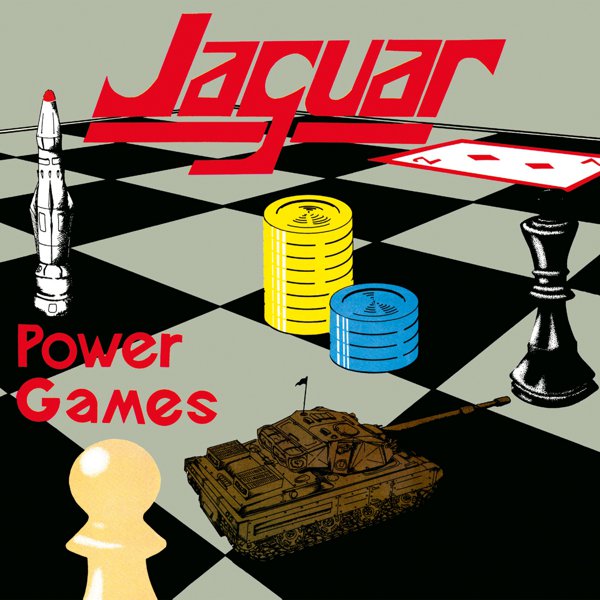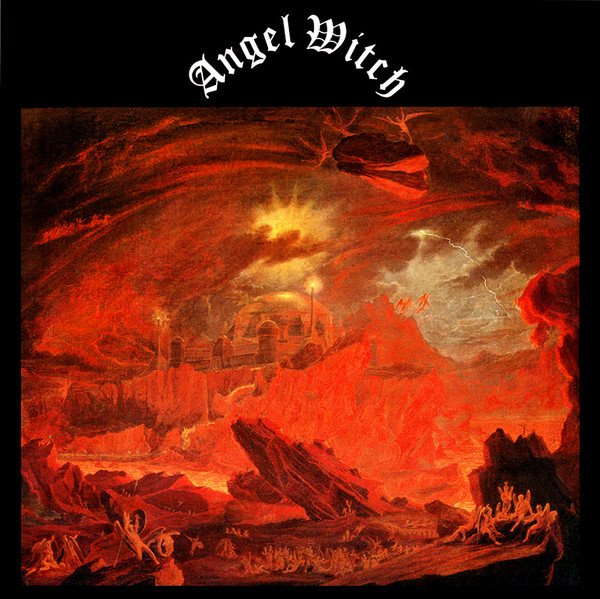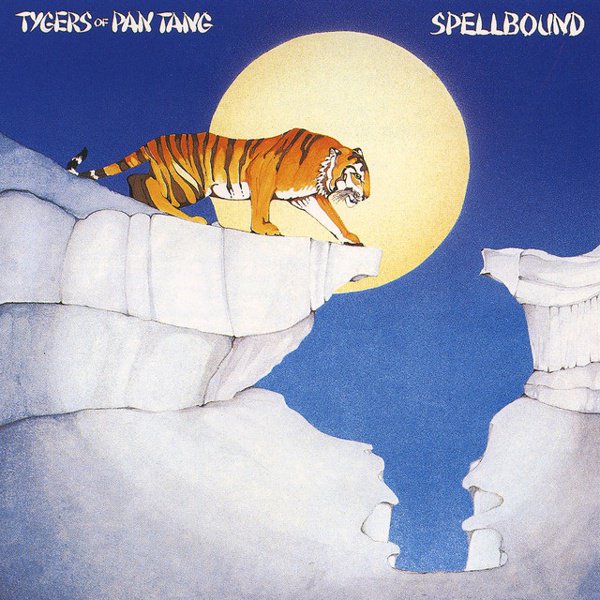Black Sabbath may have invented the stuff, but the New Wave of British Heavy Metal truly made metal the wonderful, stupid thing we all know and love. From 1979 through 1983-84, musicians in the United Kingdom – inspired by the guitar interplay of Thin Lizzy, the filthy rock ‘n’ roll of Motörhead, and (especially) the British steel of Judas Priest – formed new units to take the place of fading classic rock institutions like Sabbath, Deep Purple, and Led Zeppelin. Denim and leather, demons and wizards, dual guitar harmonies and punk snarl: all of it collided here.
Sabbath emerged from the dying working class city of Birmingham in the waning days of the 1960s. Things in Great Britain didn’t get any better over the following decade. That economic uncertainty led to a whole bunch of teenagers (admittedly mostly white and male) forming bands heavier, darker, and even more escapist than their predecessors. The proliferation of recording studios, independent labels like Neat and Ebony, and easier access to cheap instruments helped lower the bar to entry and allowed more (relatively) extreme acts access to wider audiences as well.
Musically, its proponents paid attention over the course of the decade. They absorbed the technicality and heaviness of classic hard rock and heavy metal as it evolved into acts like Uriah Heep, UFO, and Rainbow. And, as the keepers of the canon like to keep reminding us, punk rock happened. Even if punkers and longhairs were enemies at the time, the attitude and speed of that sister genre bled into the nascent metal acts. Although every band was different, they shared similar characteristics: a higher pitched vocalist, dual guitar interplay, faster tempos, raw production, fantasy or horror-themed lyrics, and, (especially in the case of Iron Maiden), very noticeable basslines. In other words, the very characteristics we associate with heavy metal to this day.
Even though the movement lasted a relatively short time, its meteoric impact birthed everything that came afterwards. Metallica – and therefore the entire thrash movement – grew out of the speed and technicality of bands like Diamond Head and Savage. Black metal got its name and the basis of its first wave sound from Venom. The commercial success of Def Leppard both coincided with the beginning of hair metal and inspired bands that came after. Iron Maiden are still one of the biggest rock bands in the world. And, of course, the current New Wave of Traditional Heavy Metal uses the NWOBHM as its Rosetta Stone. Most importantly, it gave heavy metal some of its most legendary bands – a lot of whom are still putting out shockingly great material well into the 21st century.

